Boasting magnificent Georgian architecture and striking golden limestone, the city of Bath is an awe-inspiring place to visit. One of its most famous residents, Jane Austen stayed multiple times in the spa city and set two of her novels, Northanger Abbey and Persuasion, in Bath. Wandering through the streets of the spa city, you’re transported back to Georgian times and straight into Jane Austen’s novels.
From the arresting Royal Crescent to the mesmerizing Roman Baths and the charming Sydney Gardens, Bath features countless splendid sights just waiting to be explored. To escape to the 18th century and explore Jane Austen’s Bath, visit the following 9 places and walk in Jane Austen’s footsteps. Please note that this guide is based on Jane Austen’s novel Persuasion, following the heroine Anne Elliott through Bath.
Contents:
1. Milsom Street & Old Bond Street
2. The Royal Crescent
3. The Assembly Rooms
4. Camden Crescent
5. Great Pulteney Street
6. Sydney Gardens
7. Queen Square
8. The Roman Baths
9. The Pump Room
1. Shop along Milsom Street & Old Bond Street
Milsom Street and Old Bond Street are two charming Georgian streets lined with shops. Both streets enjoy stunning Georgian architecture, intriguing stonework and lovely independent and high-street shops with regal store fronts.
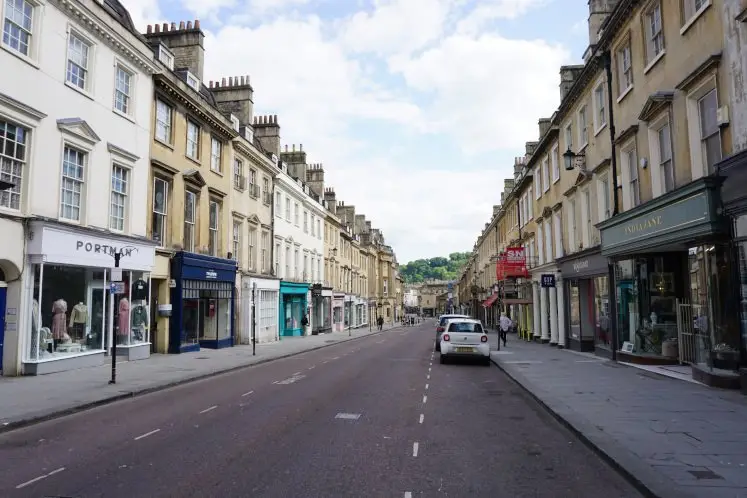
Back in Georgian times, Milsom Street and Old Bond Street were the hub of the city and fashionable shopping venues. Anne Elliott and her friends from Persuasion spent time window shopping and enjoying afternoon strolls on both Milsom Street and Old Bond Street.
2. Discover the heart of Georgian Bath at the Royal Crescent
In the heart of Georgian Bath, the Royal Crescent, the Circus, Marlborough Buildings and Rivers Street are the finest examples of Georgian architecture in the spa city. These streets are lined with magnificent terraced houses in Bath’s signature limestone just waiting to be admired. One of the most iconic landmarks in Bath, the Royal Crescent is regally imposing and also enjoys unobstructed views over Royal Victoria Park and the surrounding Cotswold Hills.
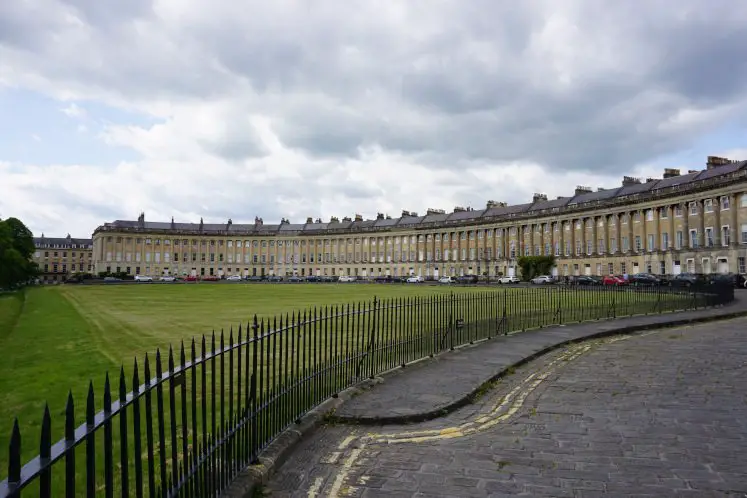
In the 18th century, this area of town was highly regarded and just a short carriage ride away from the Assembly Rooms. If you wish to explore life in a Georgian house, you can visit No. 1 Royal Crescent.
3. Swirl around the ballroom at the Assembly Rooms
Located near the Royal Crescent and the top of Milsom Street, the Assembly Rooms are housed in a splendid Georgian building. Back in Georgian times, high society gathered at the Upper Rooms, as it was then known. They spent the evening ballroom dancing, listening to concerts or playing card games. These entertainments were held in four different and magnificent rooms, each purpose-built. In Persuasion, Anne Elliott and her friends attend an evening concert at the Assembly Rooms.
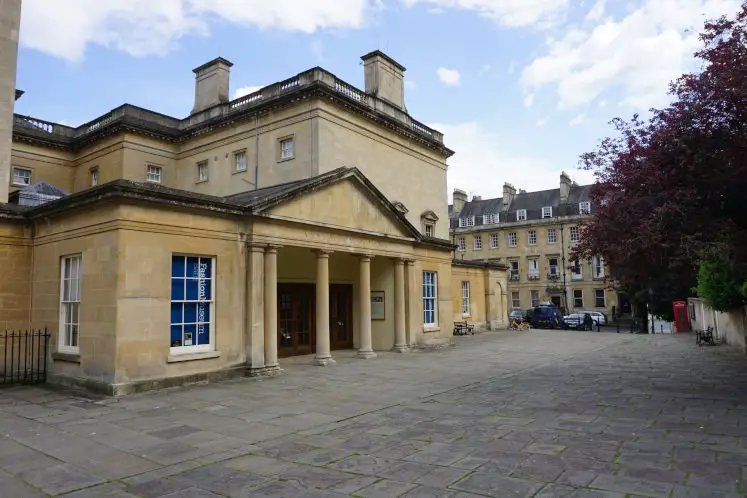
You can visit the Assembly Rooms for free, however, the Rooms are not always open. For more information, visit nationaltrust.org.uk. The Assembly Rooms also house the Fashion Museum, where an impressive collection of contemporary and historic dress is exhibited.
4. Enjoy lovely views from Camden Crescent
Camden Crescent is one of Bath’s 7 crescent-shaped rows of terraced houses. Dating back to the 18th century, Camden Crescent commands stunning views of the city of Bath and the Cotswold countryside. The crescent suffered a landslide in the 1780s which destroyed some houses, and as a result, the row of pillars that marked the centre of the crescent is no longer in the middle.
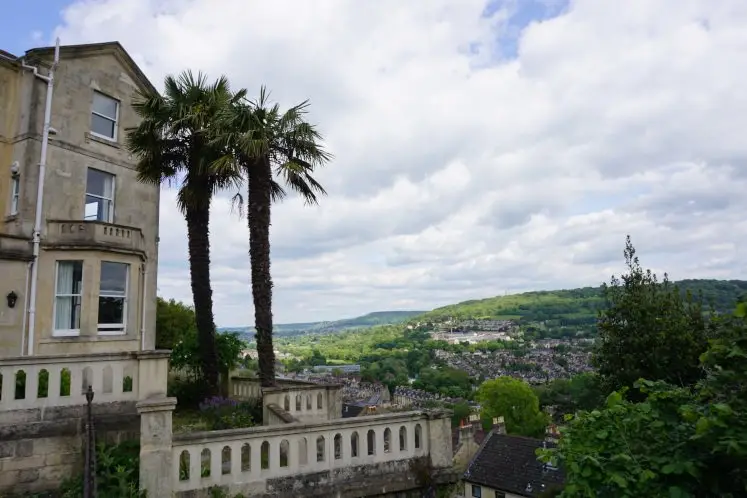
A short walk from the top of Milsom Street and the Assembly Rooms, up Lansdown Road, Camden Crescent was where the Elliott family from Persuasion stayed. Back then, Upper Camden Place, as it was known in the 18th century, was a newer and less fashionable area of town.
5. Gape in awe at the architecture of Great Pulteney Street
Lined with imposing Georgian terraced houses, Great Pulteney Street is the widest street in Bath and one of the most impressive. Dating back to the late 18th century, Great Pulteney Street extends from Pulteney Bridge in the city centre to Sydney Gardens in Bathwick. At the start of Great Pulteney Street, Laura Place forms an interesting Georgian plaza with a fountain in the middle of the street.
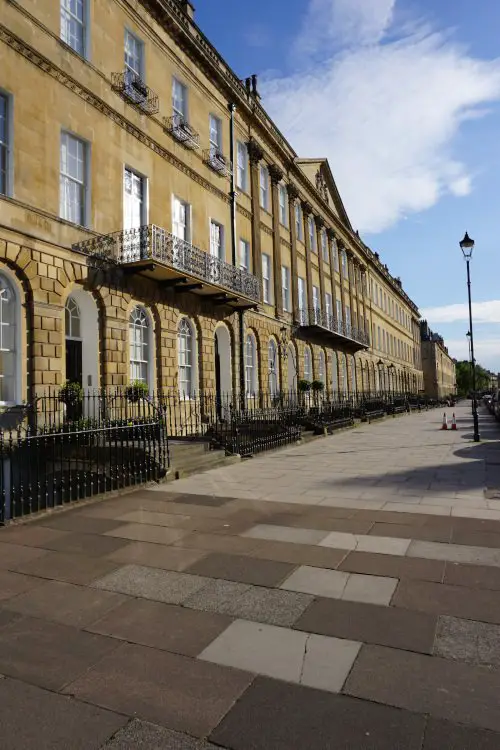
Anne Elliott and her friends enjoyed walking along Great Pulteney Street. Laura Place was one of the most distinguished areas of town in Jane Austen’s time. In Persuasion, this is where the Elliott’s rich cousin Lady Dalrymple lived.
6. Stroll through Sydney Gardens
Reached from the city centre via Great Pulteney Street, Sydney Gardens is an 18th century pleasure garden and the oldest park in Bath. Sydney Gardens boasts intriguing plants, wide avenues, beautiful cast-iron bridges over the Kennet & Avon canal as well as a playground and tennis courts.
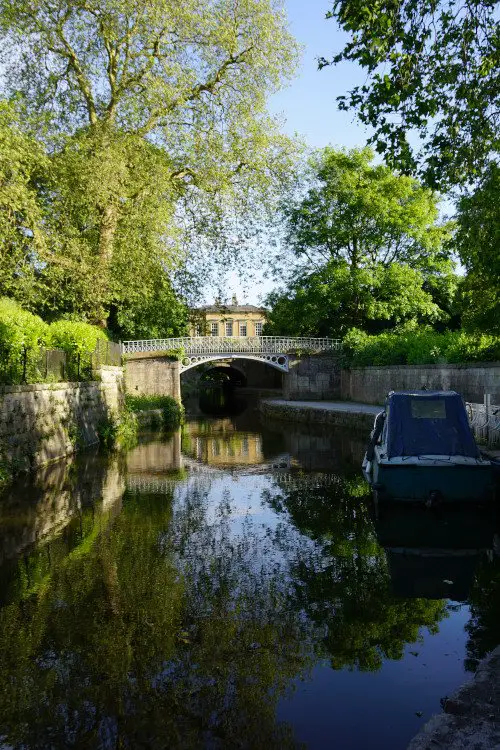
Popular in Georgian times, Sydney Gardens was a favourite with Jane Austen. The author even stayed for a time at 4 Sydney Place, which offers views over the park. Public breakfasts, balls and concerts could be regularly enjoyed in the park. Anne Elliott and her friends from Persuasion took strolls in Sydney Gardens.
7. Visit Queen Square
Featuring Georgian town houses built around a square, Queen Square is another fine example of Georgian architecture in Bath. The town houses on the northern side of the square resemble a palace and are the most impressive. Enclosed by black iron fencing, the square houses an 18th century obelisk and cherry trees.
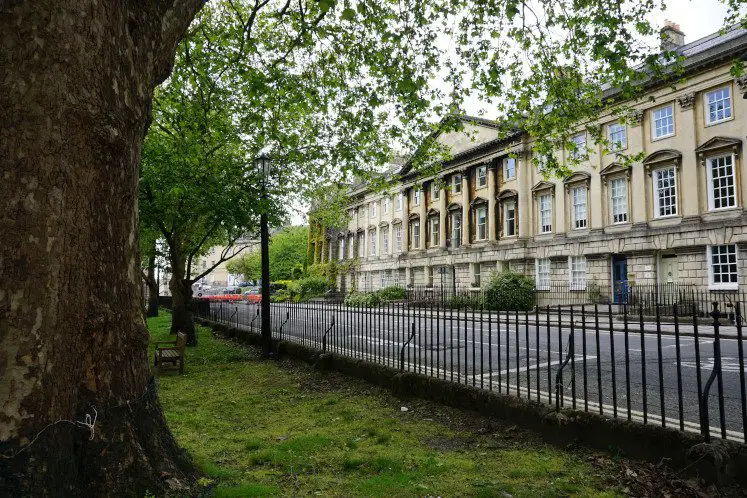
On one of her various stays in Bath, Jane Austen lived in Queen Square. The Jane Austen Centre is located a stone’s throw away on Gay Street. If you’re a fan of Jane Austen, visit the museum and discover more about the artist’s life, novels and stays in Bath.
8. Relax at the Roman Baths
Located next to Bath Abbey, the Roman Baths were a natural thermal spa and date back to the Roman Empire. The key attraction is the Great Bath, the biggest pool in the spa situated in an arresting column-lined courtyard. Jane Austen, Anne Elliott and their fellow city-dwellers regularly visited the Roman Baths to enjoy the relaxing hot waters and medicinal properties of the thermal springs.
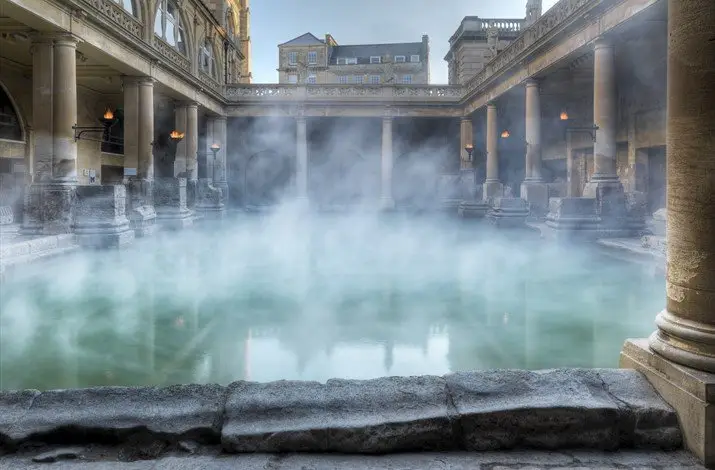
You can visit the Roman Baths, but you can no longer bathe in its spa waters. For more information, please visit romanbaths.co.uk. If you wish to experience Bath’s thermal springs, you can visit Thermae Bath Spa.
9. Indulge in afternoon tea at the Pump Room
Afternoon tea was a key ritual of 18th century Georgian life and is still an important English custom. The ritual consists of a cup of tea, scones, cakes and sandwiches. Jane Austen, Anne Elliott and their fellow city-dwellers socialised in the Pump Room and drank the spa water when visiting the Roman Baths. Back in the 18th century, the Georgians drank the hot tangy spa water as a treatment for certain ailments.
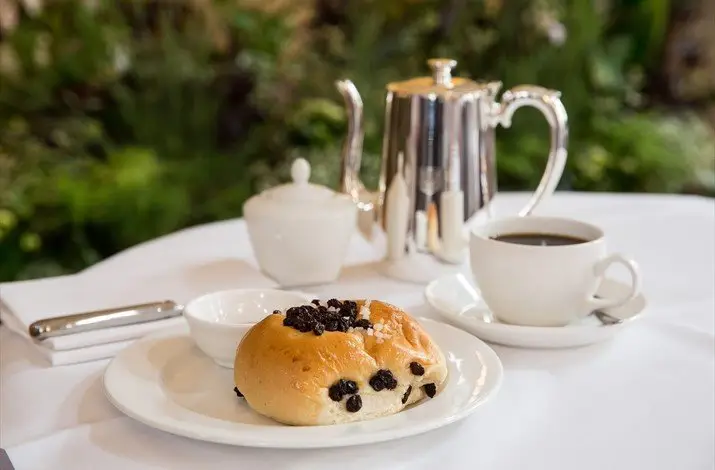
The Pump Room is now a restaurant where you can indulge in afternoon tea and taste the spa water at the water fountains. For more information about afternoon tea at the Pump Rooms, please visit romanbaths.co.uk.
Escape to the 18th century at the Jane Austen Festival
Celebrate Jane Austen and the captivating Georgian era at the Jane Austen Festival in Bath. The festival runs every September and involves costumed promenades, concerts, workshops, talks, and many other events. For more information about the festival, please visit janeaustenfestivalbath.co.uk.
Explore Bath further
Alongside striking Georgian architecture, Bath offers hot thermal springs, the enchanting Palladian bridge of Prior Park, the beautiful Cotswold countryside and much more. Explore Bath further and find the best places to visit and the top hidden gems with the Bath travel guides.
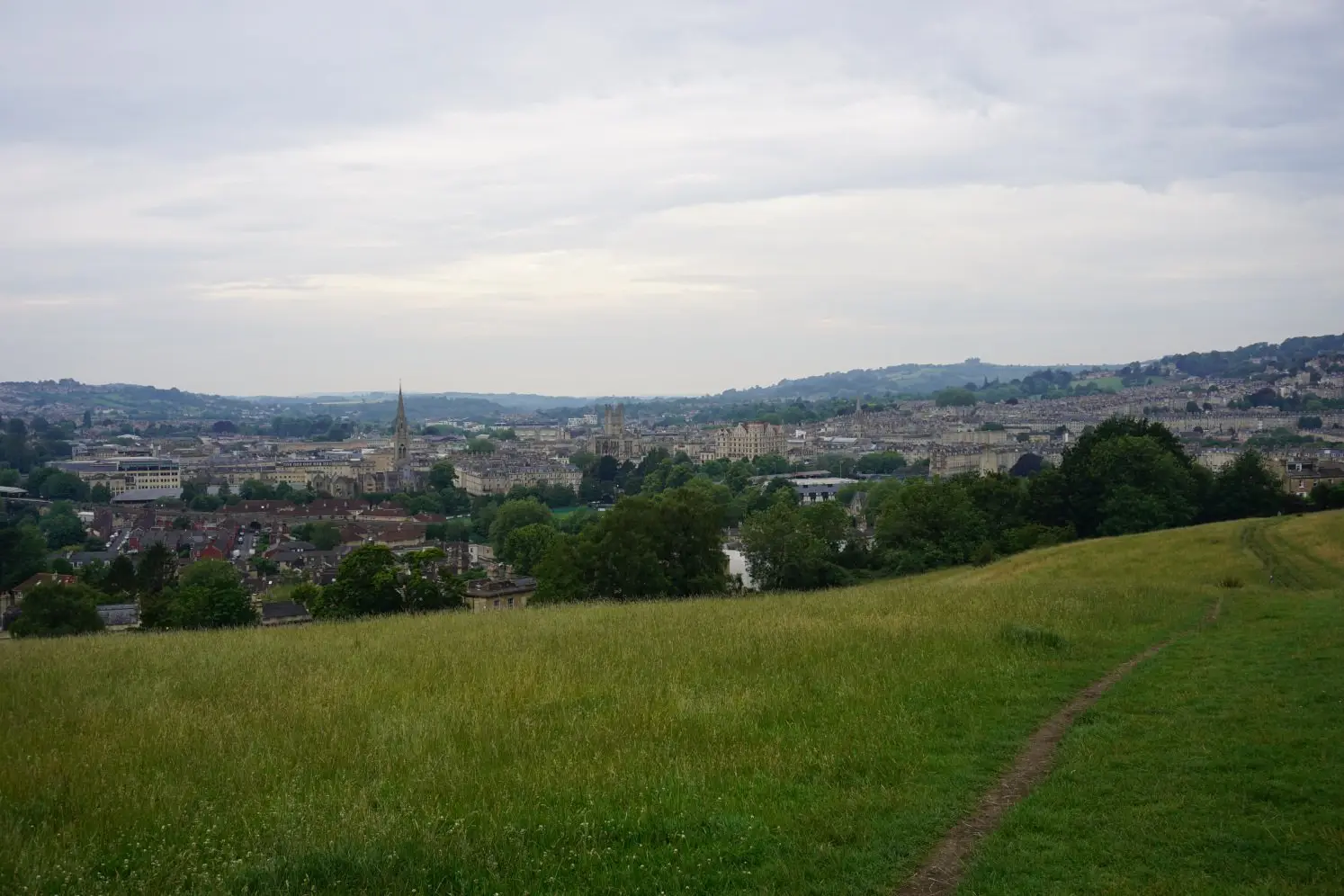
Share this guide:
Pin this for later:
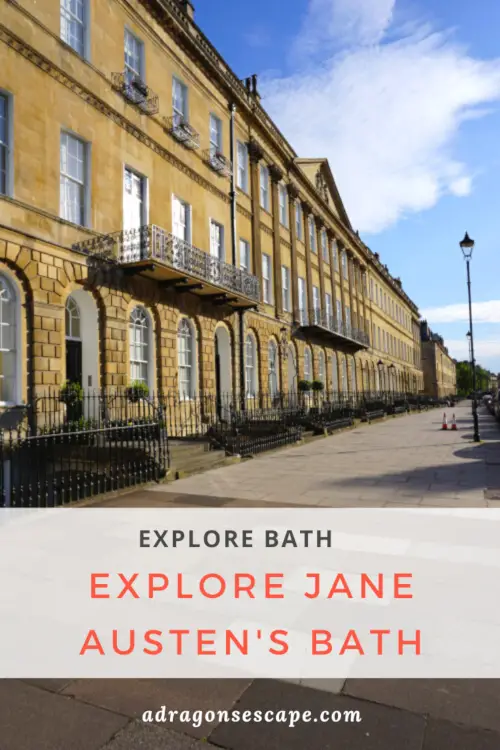

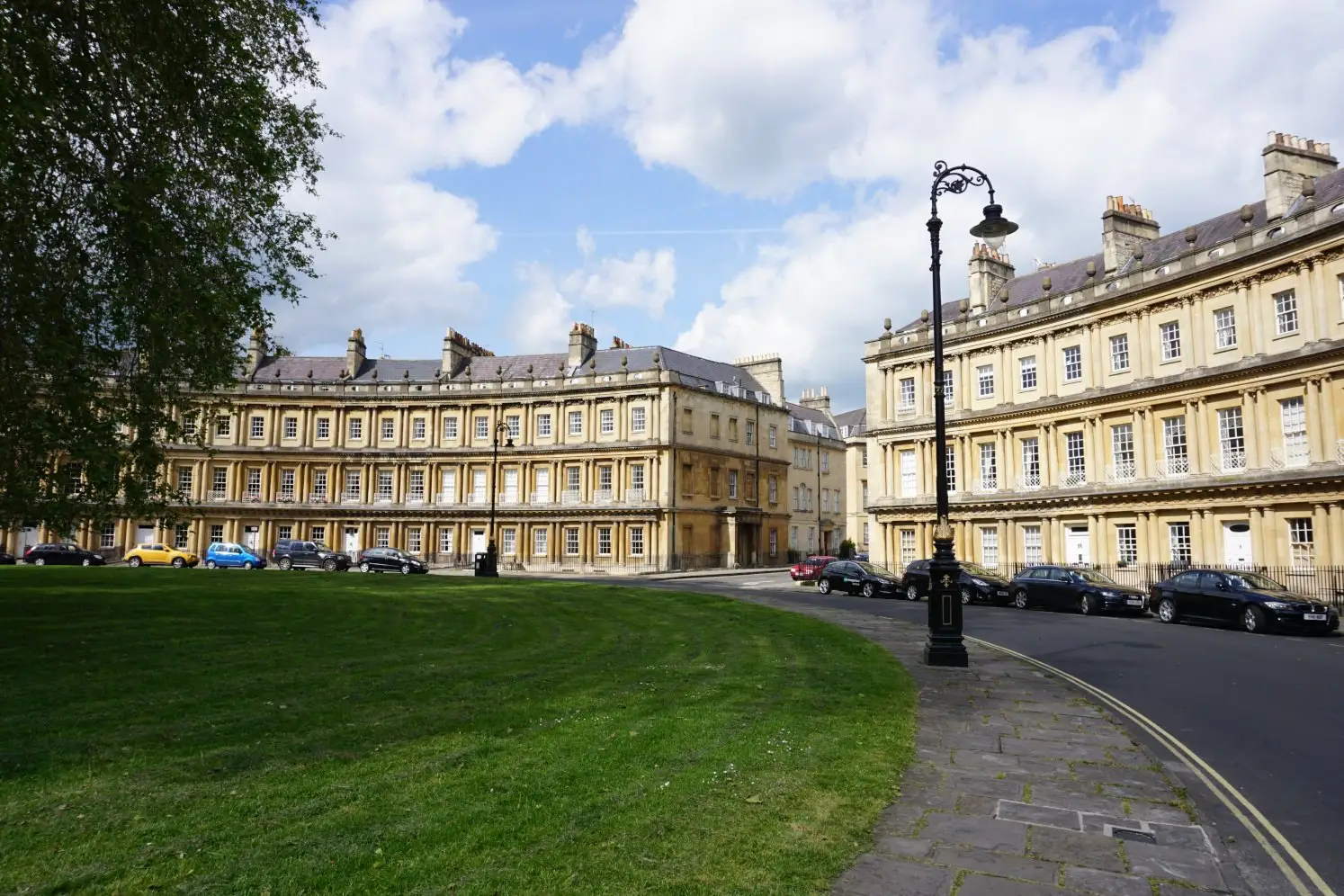
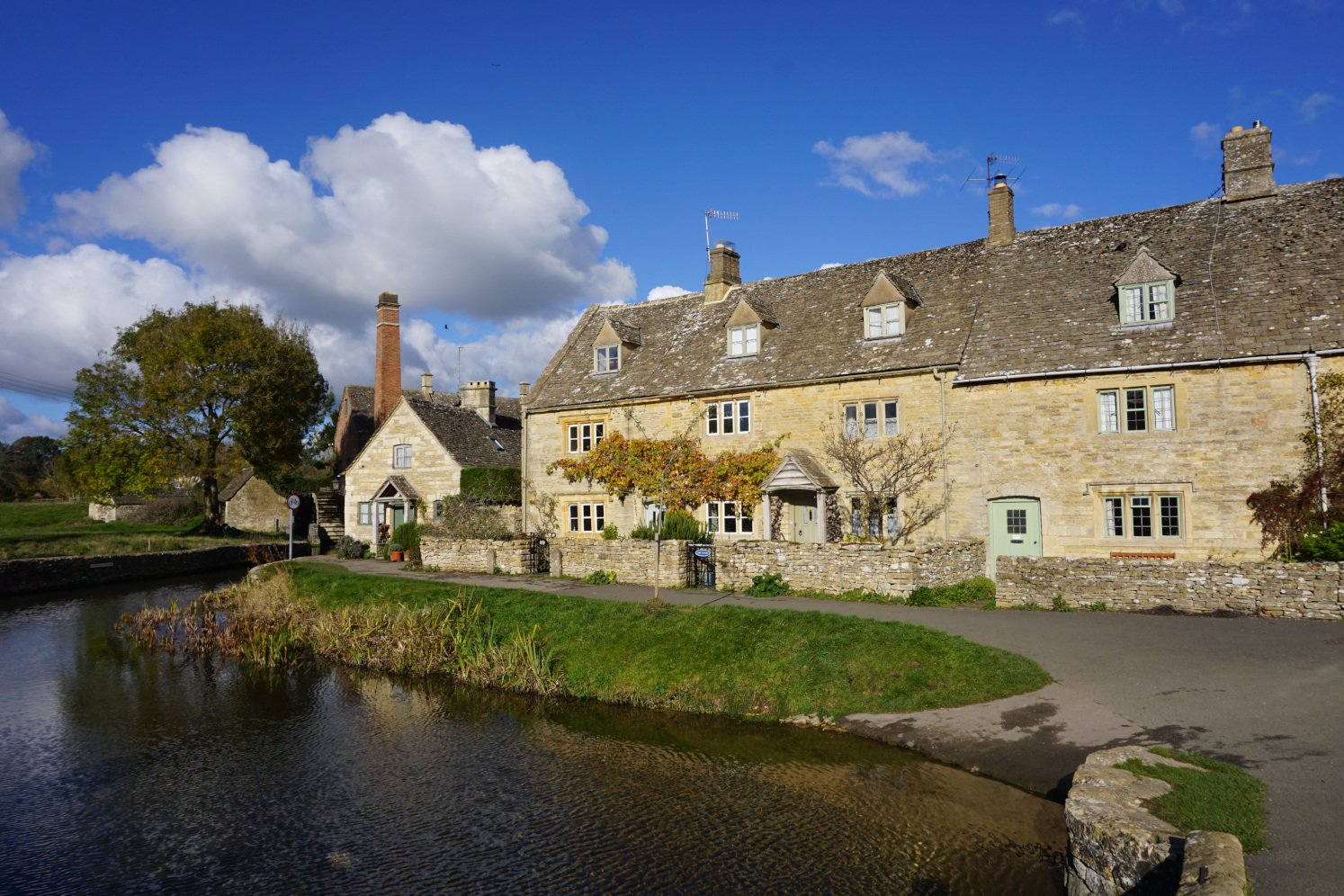
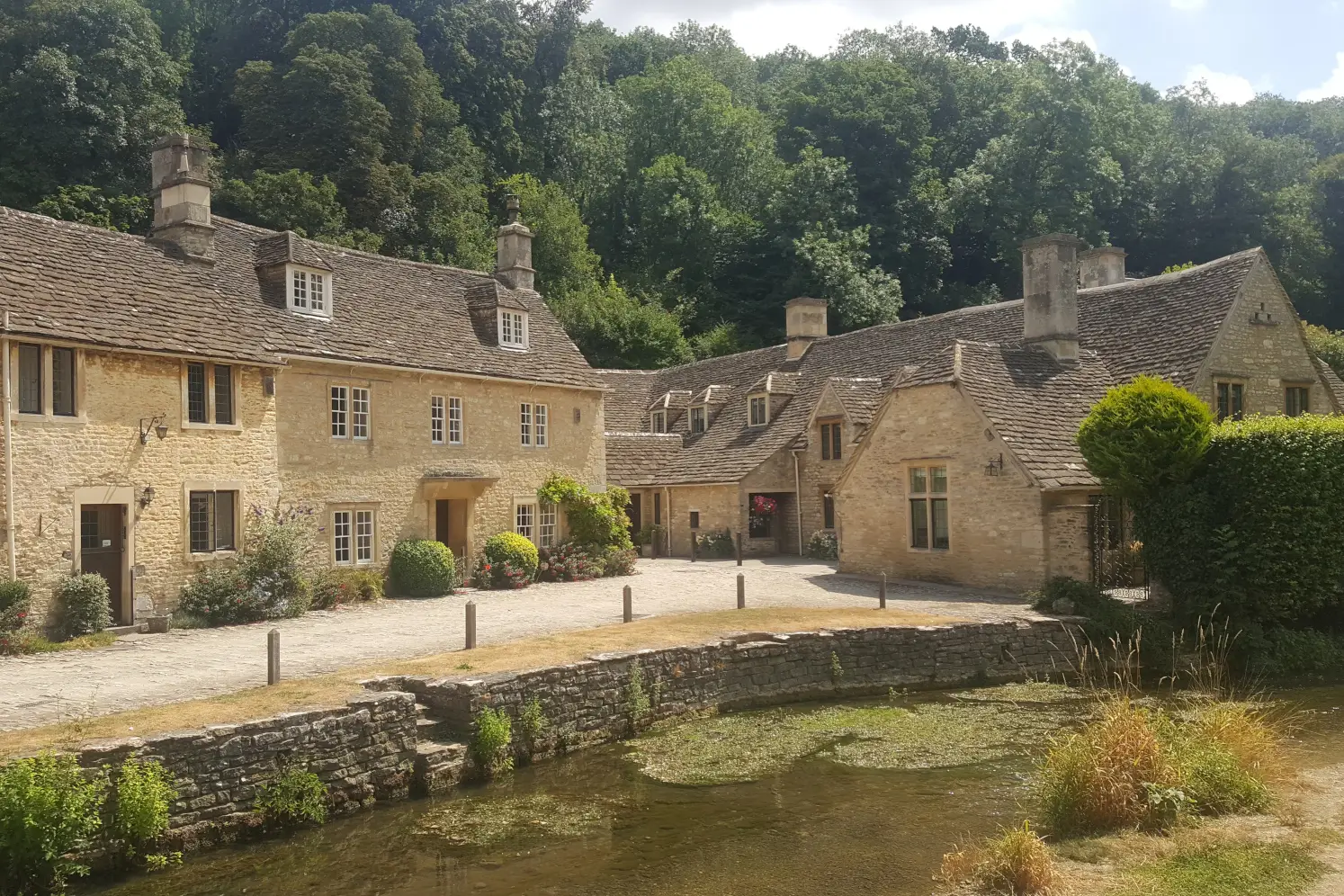
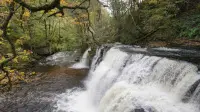
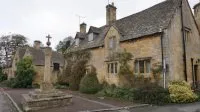
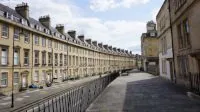
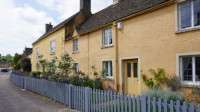

Great article… makes us travel through time and wish we could have seen this place in all its splendour :)
Thank you Anne! Bath certainly hasn’t lost its splendour, but it must have been even more impressive and striking back in Jane Austen’s time!